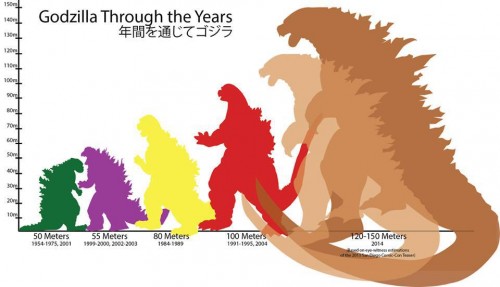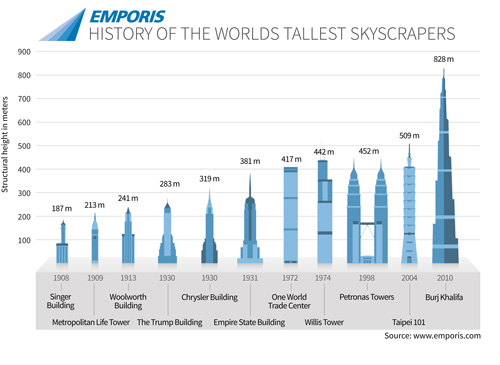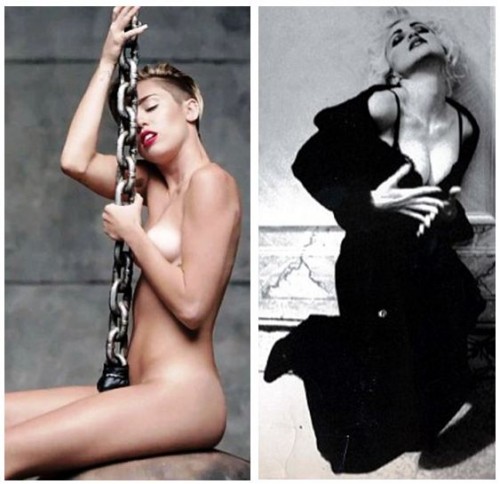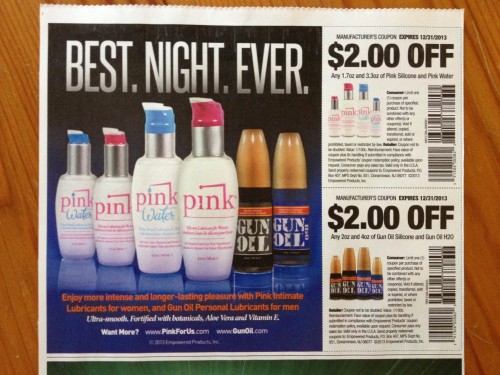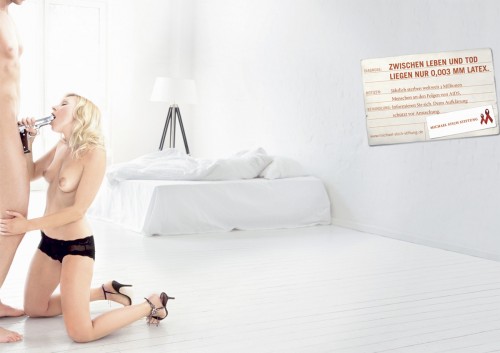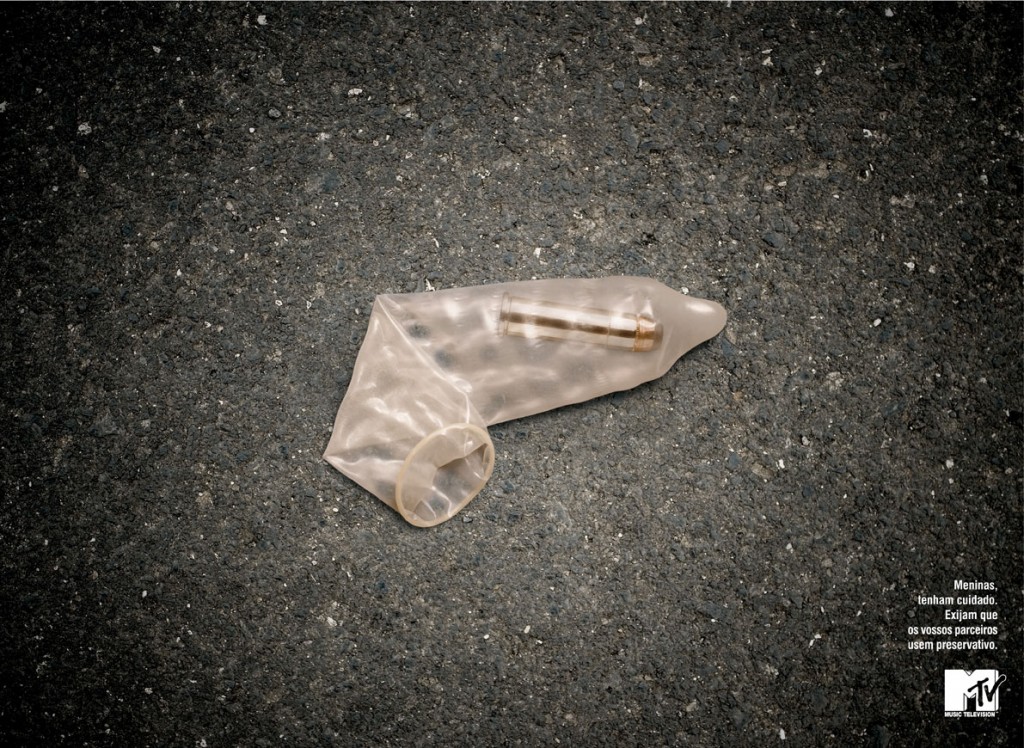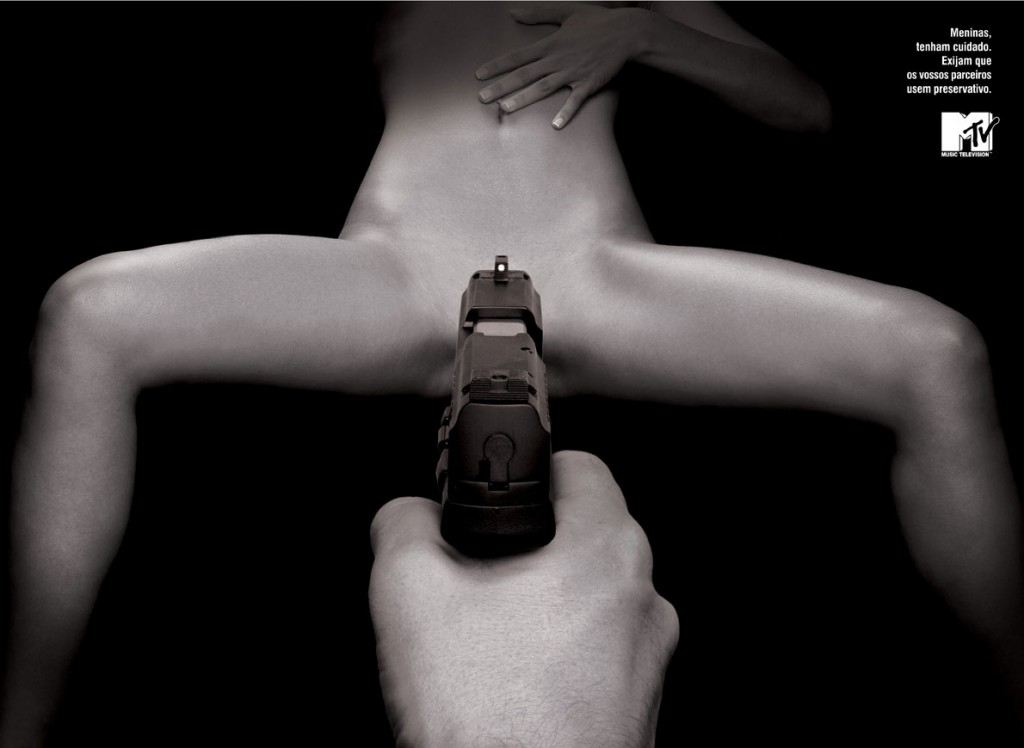SocImages News:
Thanks to everyone who put up with a light month at the blog. For the first time in more than five years, the blog went without a post for more than one day — and I’m still catching up on social media. That’s what finishing up a semester and moving across country will do, I suppose. I’m now gleefully living in the terrible and magnificent city of New Orleans. I am still a professor at Occidental College, but I’m on leave for two years to finish a book about hookup culture and get started on an Introduction to Sociology textbook.
I’d love to travel this year and share my research on hookup culture with college students across the country. I’ve booked a few talks already, but would love to do more!
But enough about me…
You like! Here are our most appreciated posts this month:
- Men value independence in their daughters more than their wives (2,100+ likes)
- The unbearable daintiness of women who eat with men (750+ likes)
- The relative importance of poverty and sex to Catholicism (650+ likes)
- Whether you call it protest or rioting may depend on your race (600+ likes)
- Six decades of increasing partisanship in the U.S. House of Representatives (500+ likes)
Thanks everybody!
Editor’s picks:
- Higher black mortality and the outcome of elections
- Does the finance industry benefit society? A new analysis says no
- Don Draper and the pursuit of loneliness
- The politics of facial hair
Top post on Tumblr this month!
- A deliberate, considered kind of cruelty: Defensive architecture aimed at the homeless (7,500+ likes and shares)
Social Media ‘n’ Stuff:
Finally, this is your monthly reminder that SocImages is on Twitter, Facebook, Tumblr, Google+, and Pinterest. I’m on Facebook and most of the team is on Twitter: @lisawade, @gwensharpnv, @familyunequal, and @jaylivingston.
Lisa Wade, PhD is an Associate Professor at Tulane University. She is the author of American Hookup, a book about college sexual culture; a textbook about gender; and a forthcoming introductory text: Terrible Magnificent Sociology. You can follow her on Twitter and Instagram.

